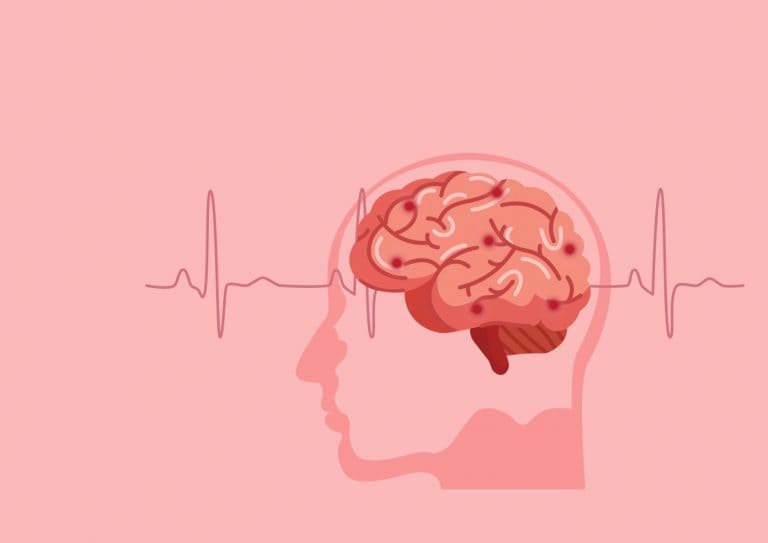Use your head! The role of hard hats in protecting construction workers from serious brain injury
We’ve heard a lot about PPE over recent months in the context of safety in clinical settings. However, the requirement for personal protective equipment runs much wider than this and applies to all sorts of environments, one of these being construction sites.
Construction sites, by their very nature, can be dangerous places to work, so there is, quite rightly, detailed legislation in place to protect construction site workers from the risk of injury.
What may seem like an insignificant bump to the head, or a head impact from a small item dropped from height, can cause significant brain injury; especially in the absence of adequate head protection.
In this blog I will first take a look at the rules on PPE on construction sites, and specifically, head protection, for construction workers. Secondly, I’ll consider how hard hats are used in practice, and how improvements can be made to reduce the incidence of brain injury in construction workers.
What sort of PPE is available to construction workers?
PPE is equipment designed to protect the person using it, against health or safety risks. It’s important to note that PPE is not an alternative to creating a work environment that has adequate safety measures in place. Creating a safe environment comes first, and only when there are risks to health and safety that cannot be adequately controlled (which is ordinarily the case on construction sites), PPE needs to be considered.
The requirements for PPE are set out in the Personal Protective Equipment at Work Regulations 1992. The type of PPE required by construction workers varies depending on the type of job that is being carried out. PPE on construction sites can include items such as hard hats, gloves, eye protection, high-visibility clothing, safety footwear and safety harnesses. The health and safety executive has produced a useful guide on PPE at work and the different types of PPE that might be required depending upon the hazard. This blog focuses on PPE for head protection. Information on other types of PPE can be found by following this link.
What are the rules on head protection?
On almost all construction sites, despite controls being put in place, there remains a risk of head injury being sustained. As such, in practice, all construction site workers (with only one exemption, set out below) should be provided with, and should wear, suitable head protection.
The only exemption is for turban-wearing Sikhs. If turban-wearing Sikhs are working in areas where a significant residual risk of head injury remains, their employers should take extra care in relation to the control measures that they have in place.
Head protection provided to construction workers should meet the following criteria. It must:
- be ‘CE’ marked (this signifies that it satisfies certain basic safety requirements)
- be in good condition. If it’s damaged, throw it away
- fit the person wearing it and be worn properly
- not stop the user wearing hearing protectors as well (when needed)
- only be obtained from a reputable supplier
Is head protection being used properly on construction sites?
Headway UK, in conjunction with Centurion (a leading safety manufacturer), have recently published the results of a survey exploring the use of hard hats in the construction industry.
There were 486 survey participants, and although awareness of concussion and workplace safety issues appeared to be high on the whole, some of the results were worrying.
- 18% of those surveyed (86 people) had experienced a blow to the head at work
- Of those, only half reported the injury to their manager, and only a quarter sought medical attention;
- Over half of those who didn’t report the incident to their manager said they didn’t think the injury was serious enough, indicating a lack of awareness of the potential effects of even a mild traumatic brain injury.
- Improper use of hard hats was a real issue:
- 58% of respondents applied stickers or marker pen to their hard hats, which is against advice;
- Over a quarter of hard hat wearers did not know where to find their hard hat’s expiry date or were unaware it had one;
- Almost one third of respondents wore unlicensed headwear underneath their hard hat (which can impair the fit and reduce effectiveness).
- 23% of participants did not know what to do in the event of sustaining a blow to the head.
What more can be done to protect construction workers from brain injury?
Despite there being widespread awareness of the requirement to wear a head protection, there still appears to be a lot of complacency about the potential life changing consequences of head injuries.
Even minor blows to the head can lead to life-changing brain injuries, so the importance of using head protection on building sites, to minimise the effects of any head injuries as far as possible, cannot be stressed enough.
To my mind, there are few simple things that construction workers can do to ensure that they and their colleagues are as safe as possible from sustaining a brain injury at work:
- Always wear the hard hat! If it’s causing discomfort the fit might need to be checked.
- Make sure everybody has the necessary training on PPE. Insist on training if this hasn’t already been provided. Do you know how to use your hard hat, how to care for it and when to request a replacement?
- Know what to do if somebody suffers a head injury at work – whether you are wearing a hard hat or not. What is the process for reporting an incident?
- Any worker who has suffered a blow to the head (hard hat or not) that has resulted in a loss of consciousness or feeling dazed may need to stop work for at least the rest of the day to assess the level of injury and avoid the risk of further injury through continuing to work.
- Consider seeking medical advice for any symptoms of concern following head injury.










